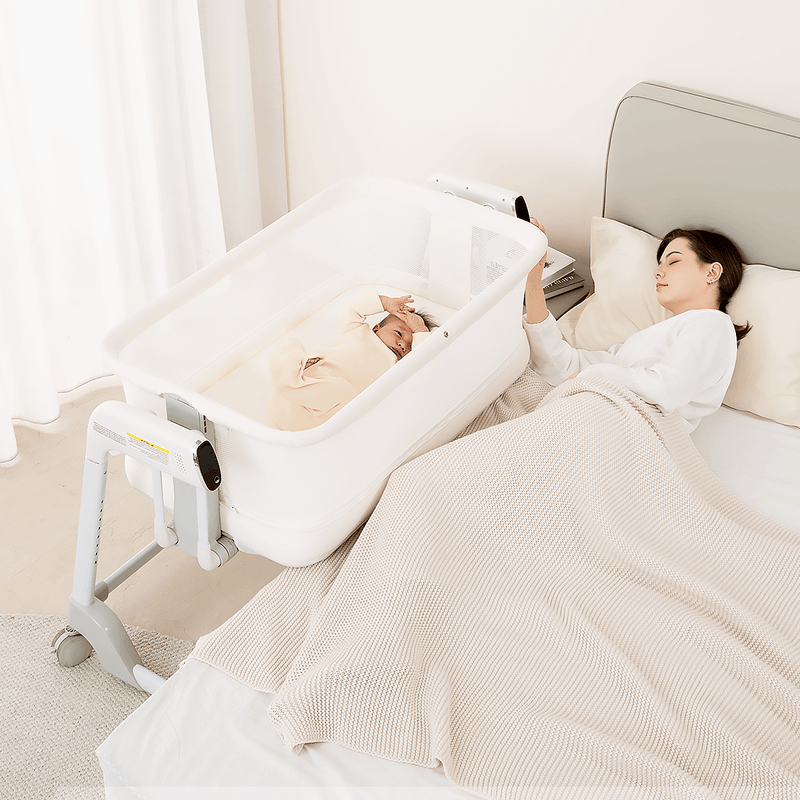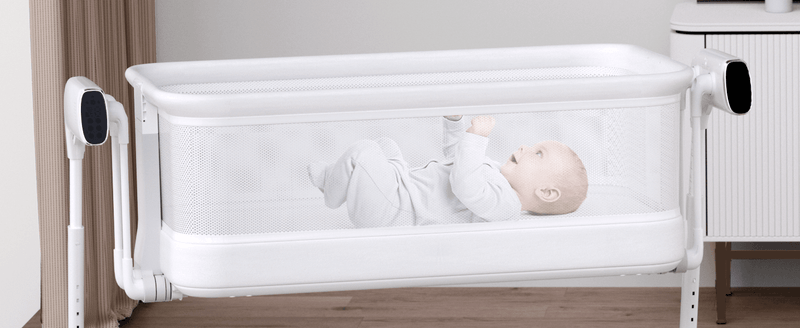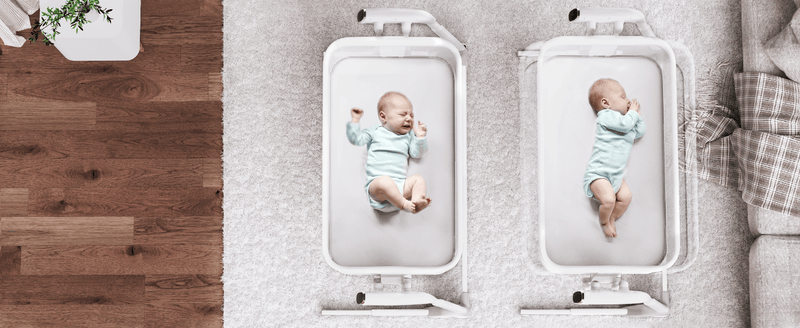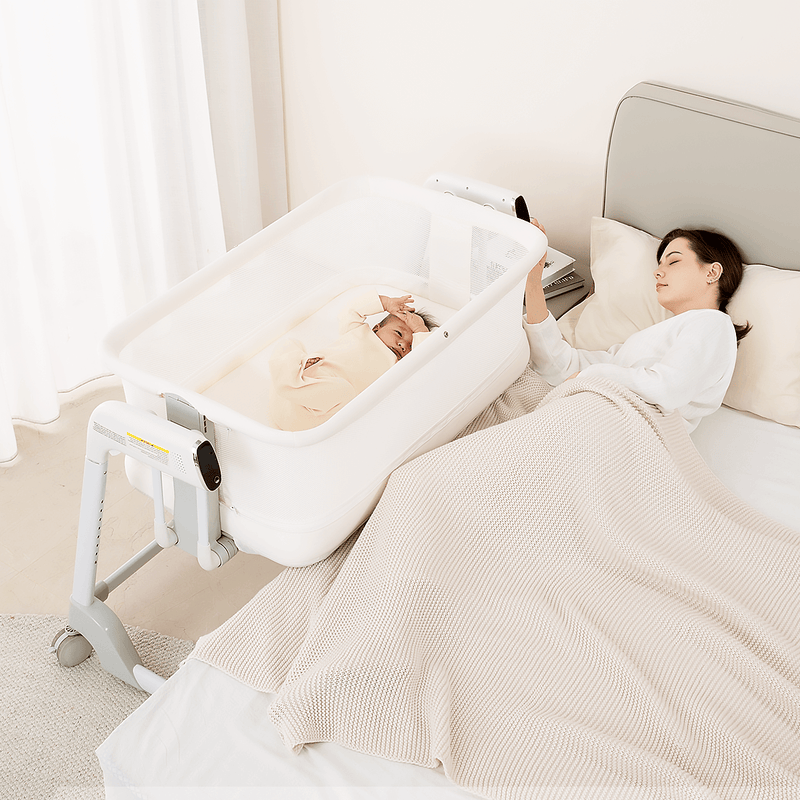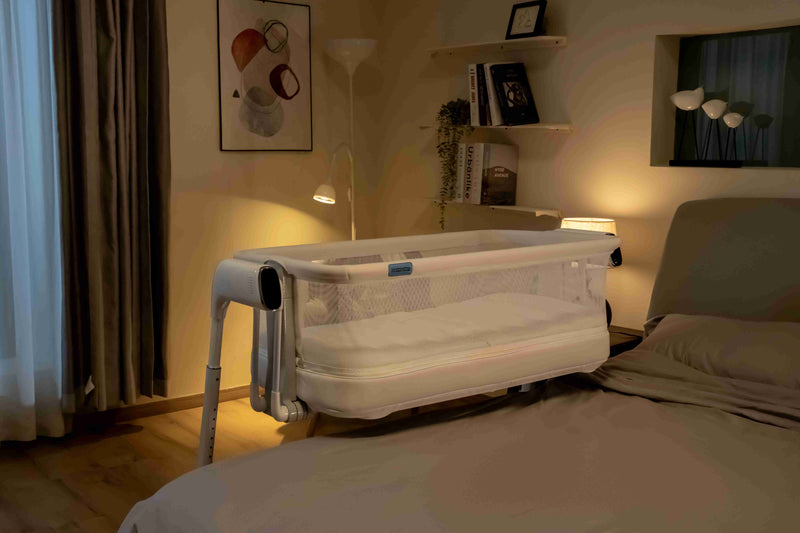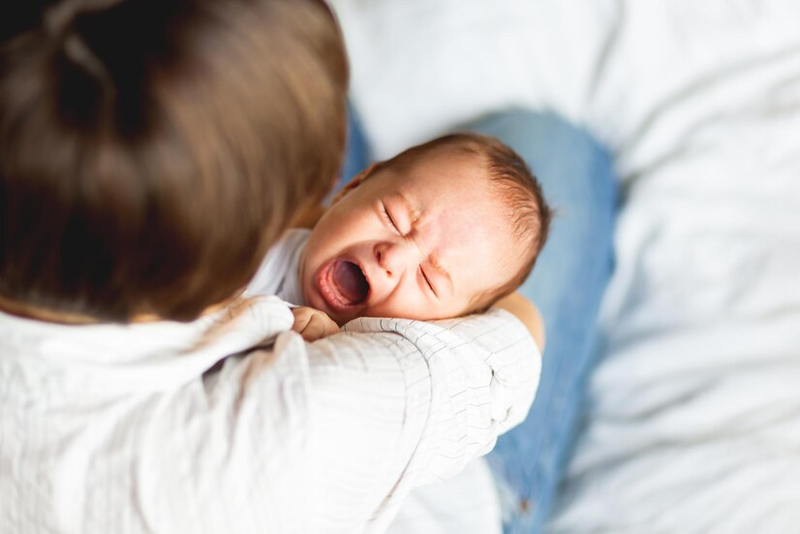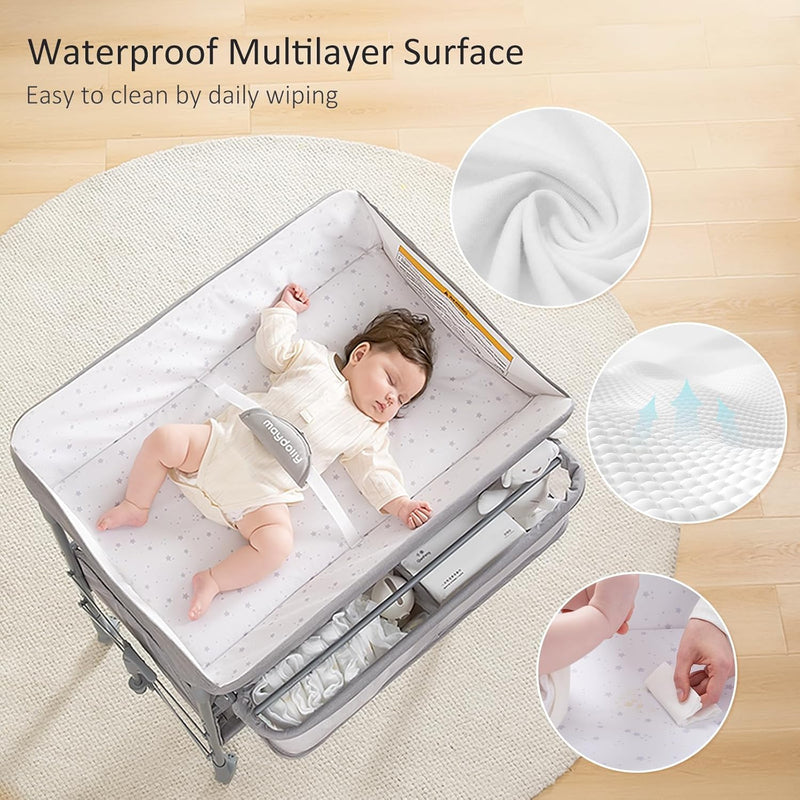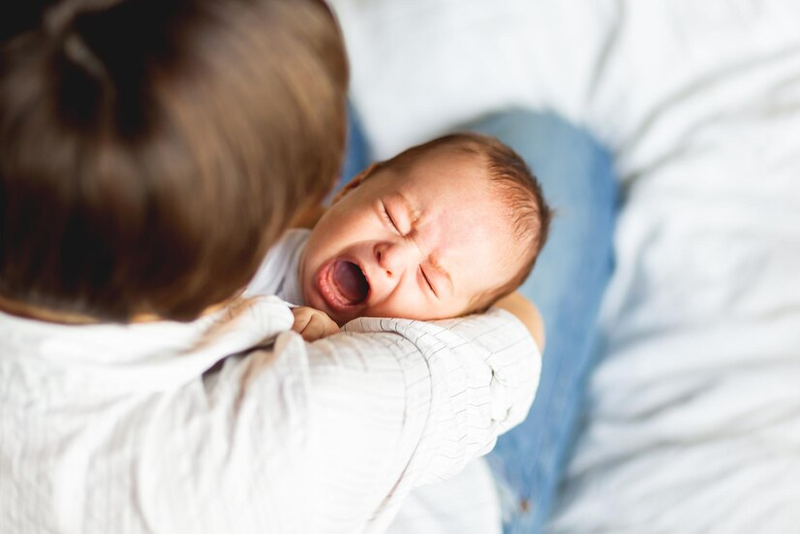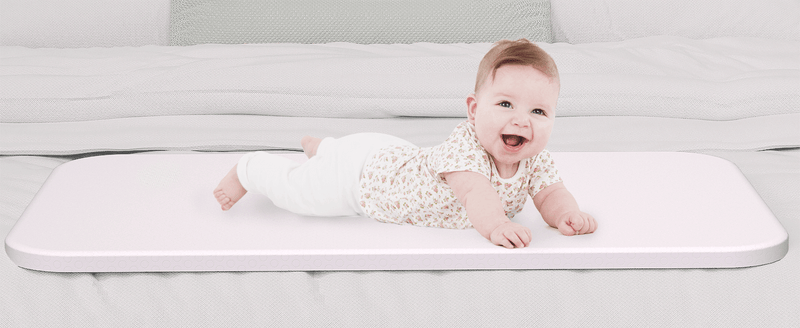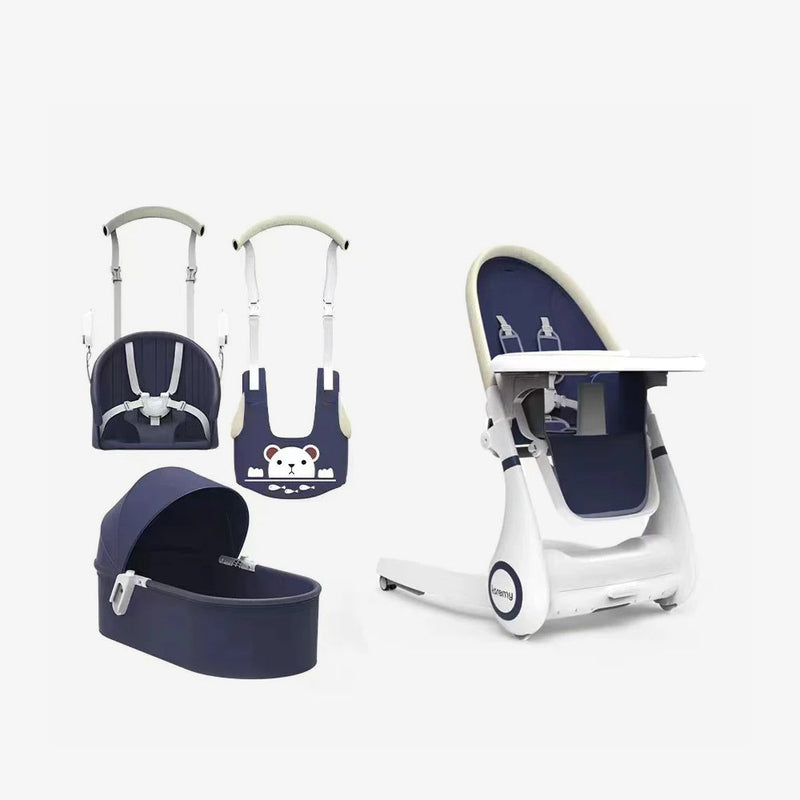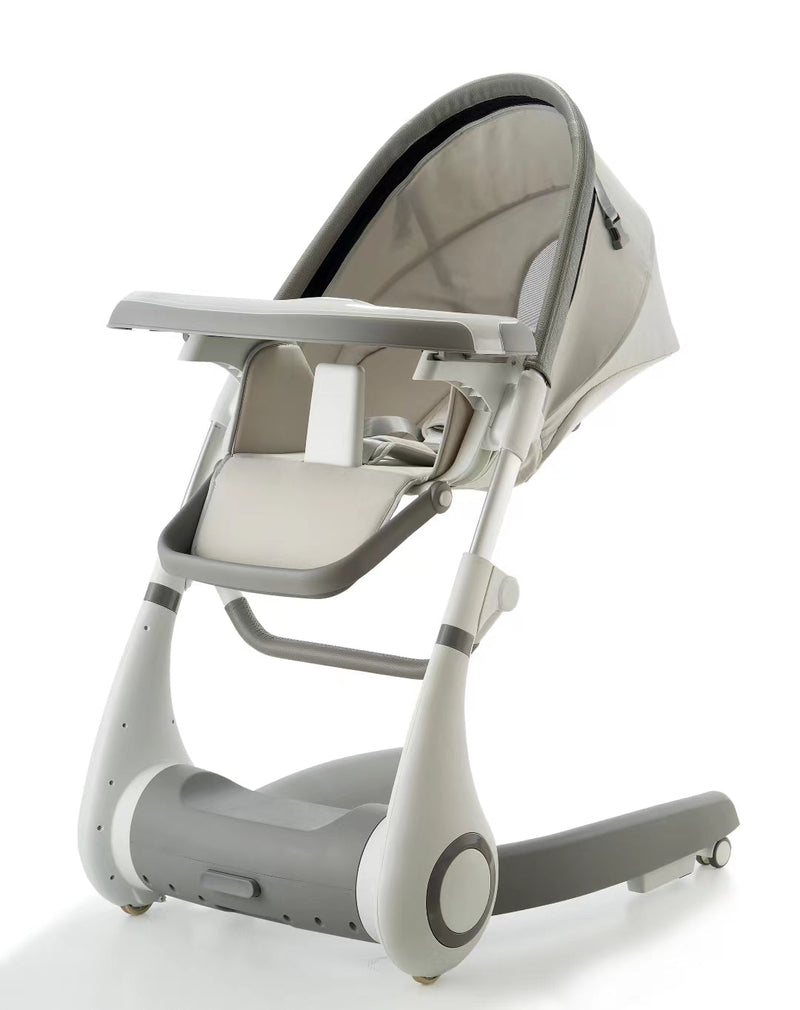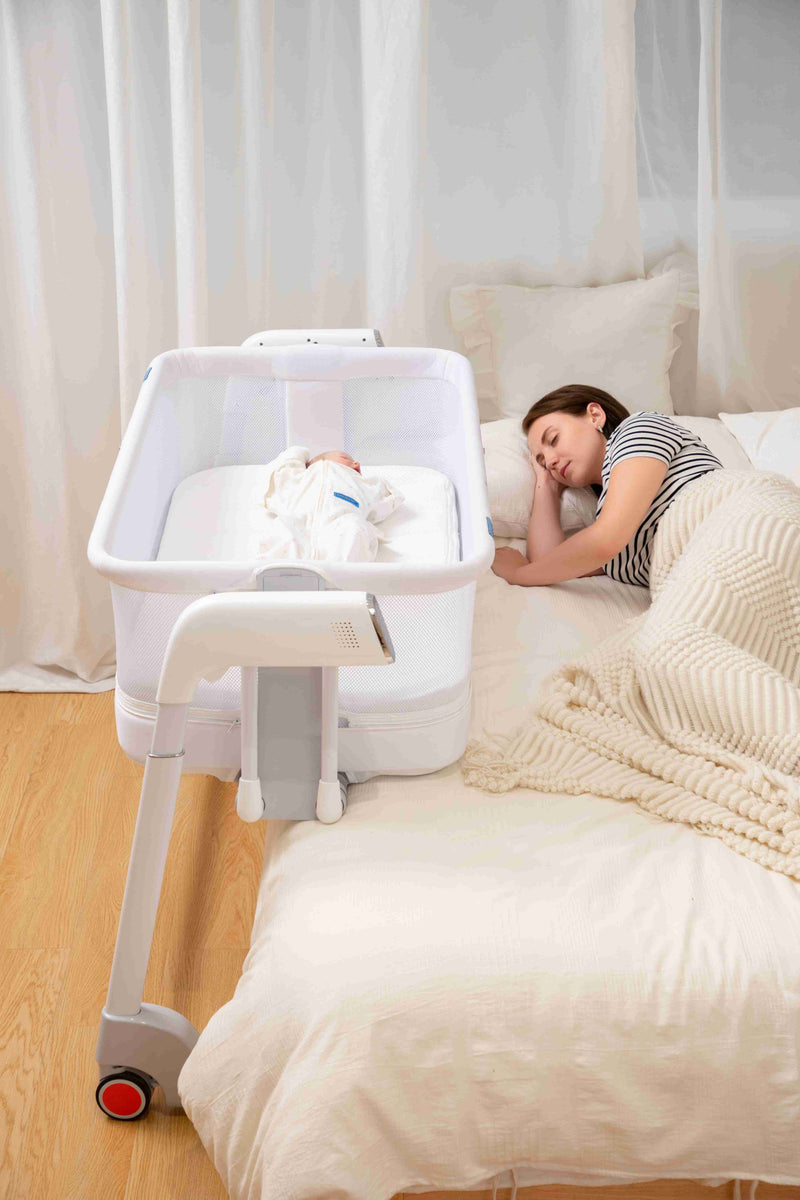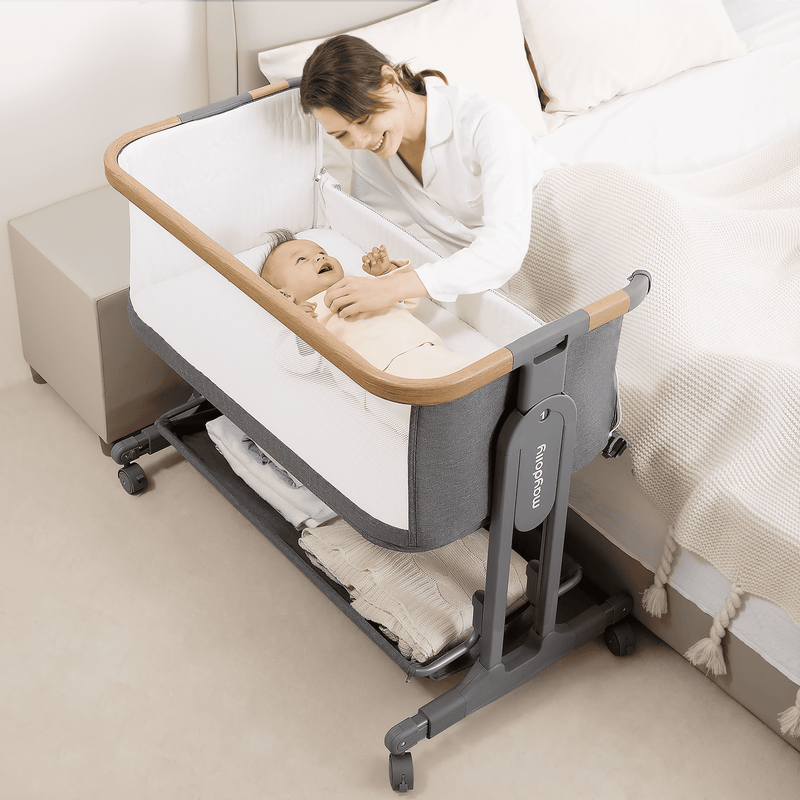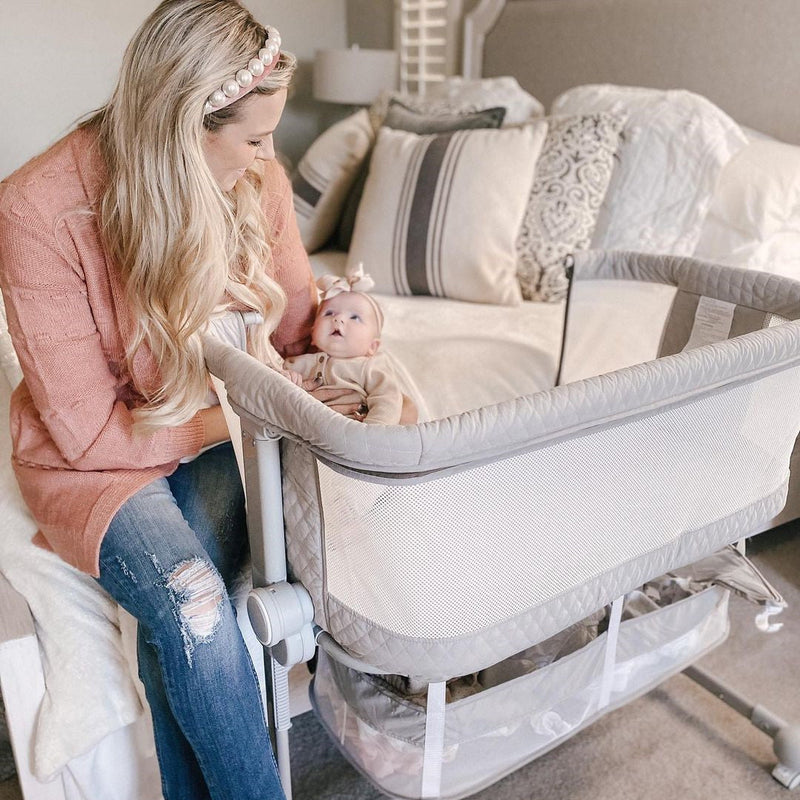
2-Month Baby Sleep and Growth Guide
Your Baby at Two Months: Discovering the World At two months old, your baby is becoming more alert, expressive, and curious. Those newborn reflexes are giving way to real personality—you’ll notice more eye contact, smiles, and coos. Sleep is still unpredictable, but patterns are starting to form. You’re moving from pure survival mode to something closer to routine. This guide will help you understand what to expect from your 2-month-old’s sleep, feeding, and growth milestones, plus tips to support healthy development. How Much Should a 2-Month-Old Sleep? A 2-month-old baby needs around 14–16 hours of total sleep in 24 hours, including both naps and nighttime rest. However, sleep may still occur in short stretches. Typical 24-Hour Sleep Breakdown Time of Day Average Sleep Duration Notes Nighttime Sleep 8–9 hours total (in 2–4 hour stretches) 2–3 night feeds may still be needed Daytime Naps 5–7 hours total Spread across 3–4 naps Longest Sleep Stretch 4–6 hours Often occurs in early night hours 💡 Some babies begin sleeping longer at night around this stage, especially if they’re gaining weight steadily. For night feeding advice, see How Often Should You Feed a Newborn at Night?. Common 2-Month Sleep Patterns At two months: Sleep cycles are lengthening (about 50–60 minutes). Baby starts to distinguish day from night. Night wakings remain normal for feeding or comfort. Total wake time increases to 1–1.5 hours between naps. Your baby may still prefer short naps but will begin developing predictable times for feeding, play, and sleep. Creating a Gentle Sleep Routine While your baby isn’t ready for formal sleep training, a consistent routine helps regulate their circadian rhythm. Sample Evening Routine Quiet play or cuddle time Warm bath or gentle wipe-down Feed Soft lullaby and dim lights Swaddle and place in a bassinet crib on their back 💡 A smart bassinet with rhythmic rocking and white noise can help your baby transition to sleep naturally and extend nighttime rest. Safe Sleep Essentials at 2 Months Rule Recommendation Why Sleep Surface Firm, flat mattress Prevents suffocation risk Position Always on their back Lowers SIDS risk Environment Cool (68–72°F / 20–22°C), quiet, dark Encourages deep sleep Bedding No loose blankets or pillows Prevents overheating Supervision Same room, different surface Safe room-sharing 💡 Babies this age are still too young to roll over, but soon they’ll start practicing during tummy time—so consistent back-sleeping is key. Feeding and Sleep Connection Your 2-month-old still feeds frequently—typically 7–9 times in 24 hours.Feeding well during the day helps reduce nighttime wake-ups. Quick Tips Offer a final “dream feed” between 10–11 PM. Keep night feedings calm and quiet. Always burp your baby before putting them back in their portable bassinet. If your baby fusses after feeding, it could be gas—see How to Soothe Baby Gas and Colic for relief tips. 2-Month Baby Growth and Development Category Typical Milestones How Parents Can Help Physical Growth Gaining 150–200g (5–7 oz) weekly Maintain regular feeding schedule Head & Neck Control Lifts head higher during tummy time Practice short tummy sessions daily Vision Tracks moving objects; prefers faces Smile, maintain eye contact, use toys Hearing Recognizes familiar voices Talk or sing softly Social Interaction Smiles responsively Encourage by talking and smiling often 💡 Two-month-old babies love faces and gentle conversation—it’s their first way of learning social skills. Daytime Activity and Stimulation At two months, babies stay awake a little longer between naps—around 60–90 minutes. Use this time for bonding activities: Gentle tummy time (2–4 times daily) Talking, singing, or reading aloud Soft toys and high-contrast patterns 💡 Limit stimulation before bedtime. Overstimulation can lead to fussiness and short naps—see How to Calm an Overtired Baby for help managing this. Signs of a Sleep-Ready Baby Recognizing cues early helps prevent overtiredness. Sleepy Signs Include: Yawning or rubbing eyes Slower movements Looking away from stimulation Mild fussiness or whining Place your baby in a smart bassinet or rocking cradle when they’re drowsy, not fully asleep—this encourages self-soothing and longer stretches. Parent Survival Tips for Month 2 ✔ Don’t stress about rigid schedules—follow your baby’s cues.✔ Nap when your baby’s longest nap happens.✔ Keep nighttime interactions calm and brief.✔ Continue swaddling if it helps your baby feel secure.✔ Use soothing tools like white noise and motion for easier transitions. 💡 The smart bassinet’s gentle sway can replicate your heartbeat rhythm, helping both you and your baby rest better. What’s Coming Next: The 3-Month Leap By month 3, you’ll likely see: Longer nighttime sleep stretches (6–8 hours) More stable nap times Stronger neck control and rolling attempts Increased alertness and smiles It’s a big transition—your little one is moving from “newborn” to “infant.” A steady sleep environment now sets the stage for smoother months ahead. Key Takeaway Your 2-month-old baby is growing rapidly—sleep patterns are taking shape, and social awareness is blooming. Aim for 14–16 hours of total sleep daily, support safe naps in a bassinet crib or smart cradle, and engage your baby gently during wake windows. Consistency, comfort, and connection are the foundation of healthy sleep and growth.




